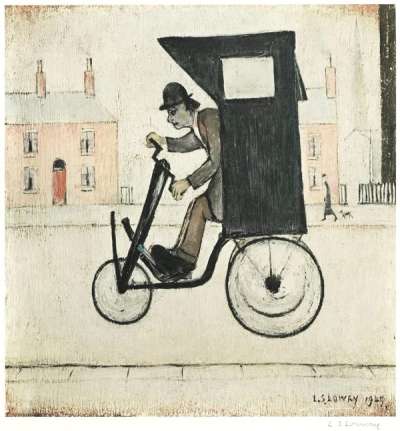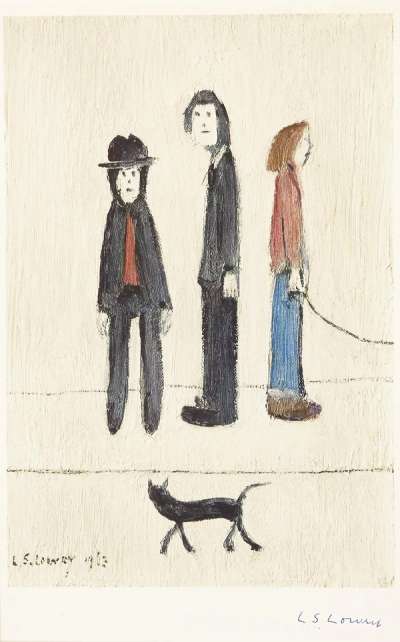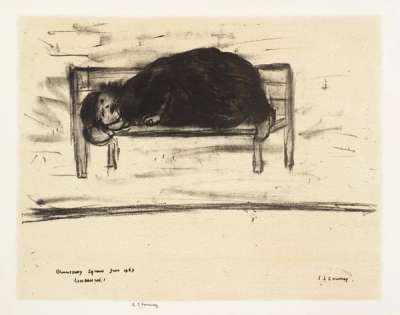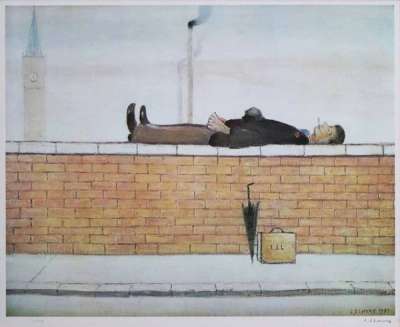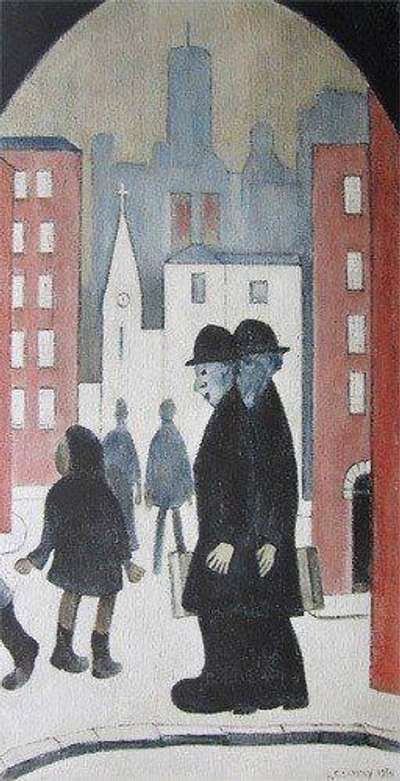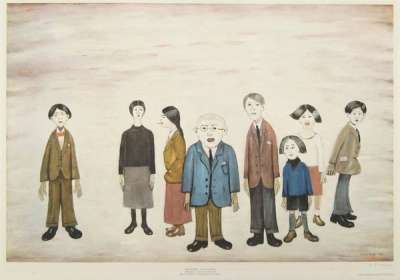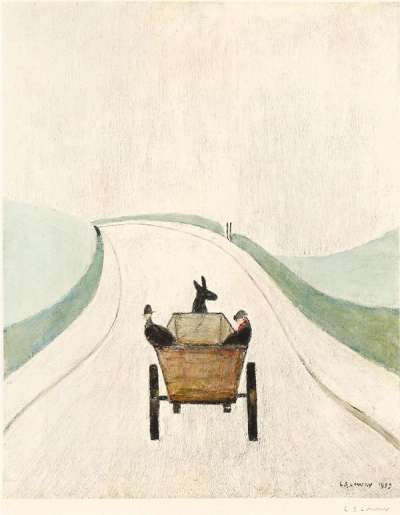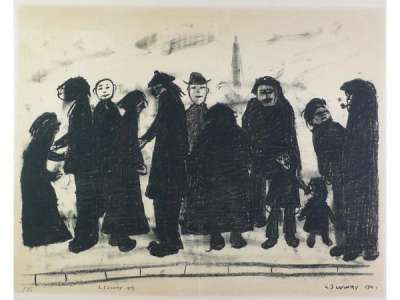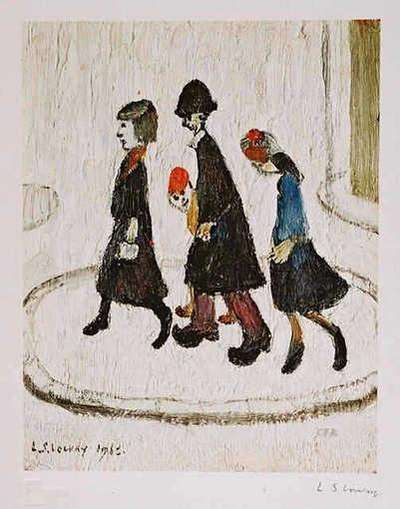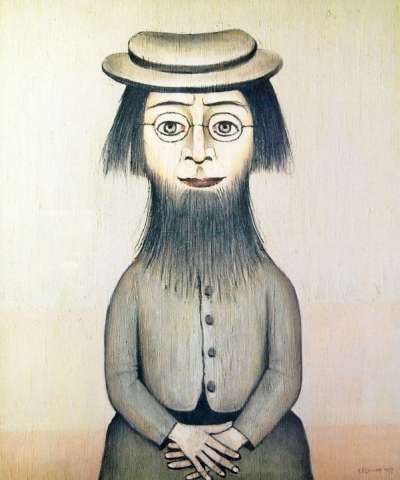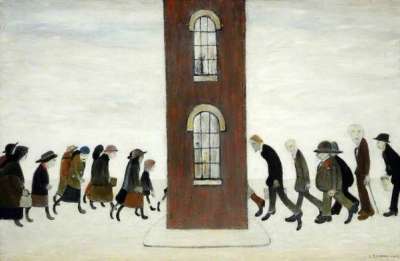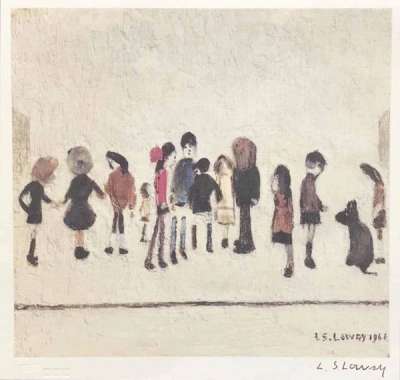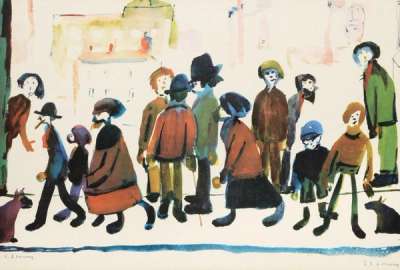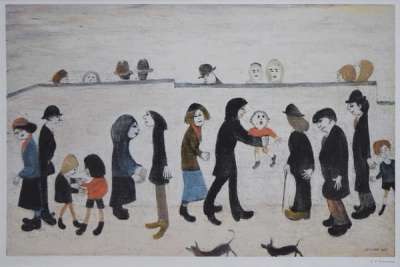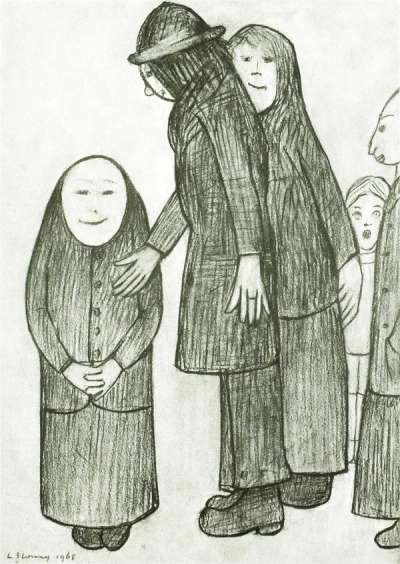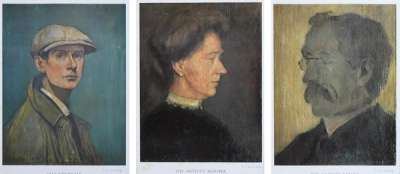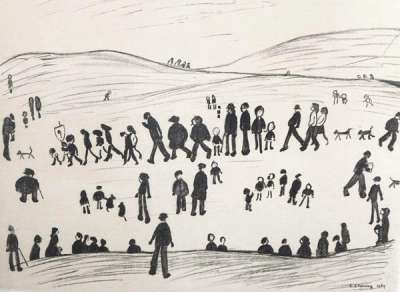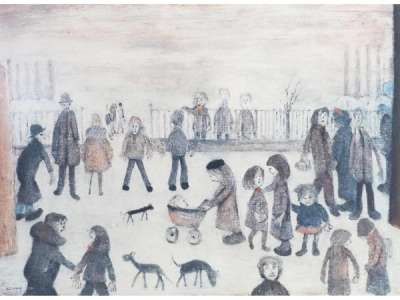
Figures In The Park
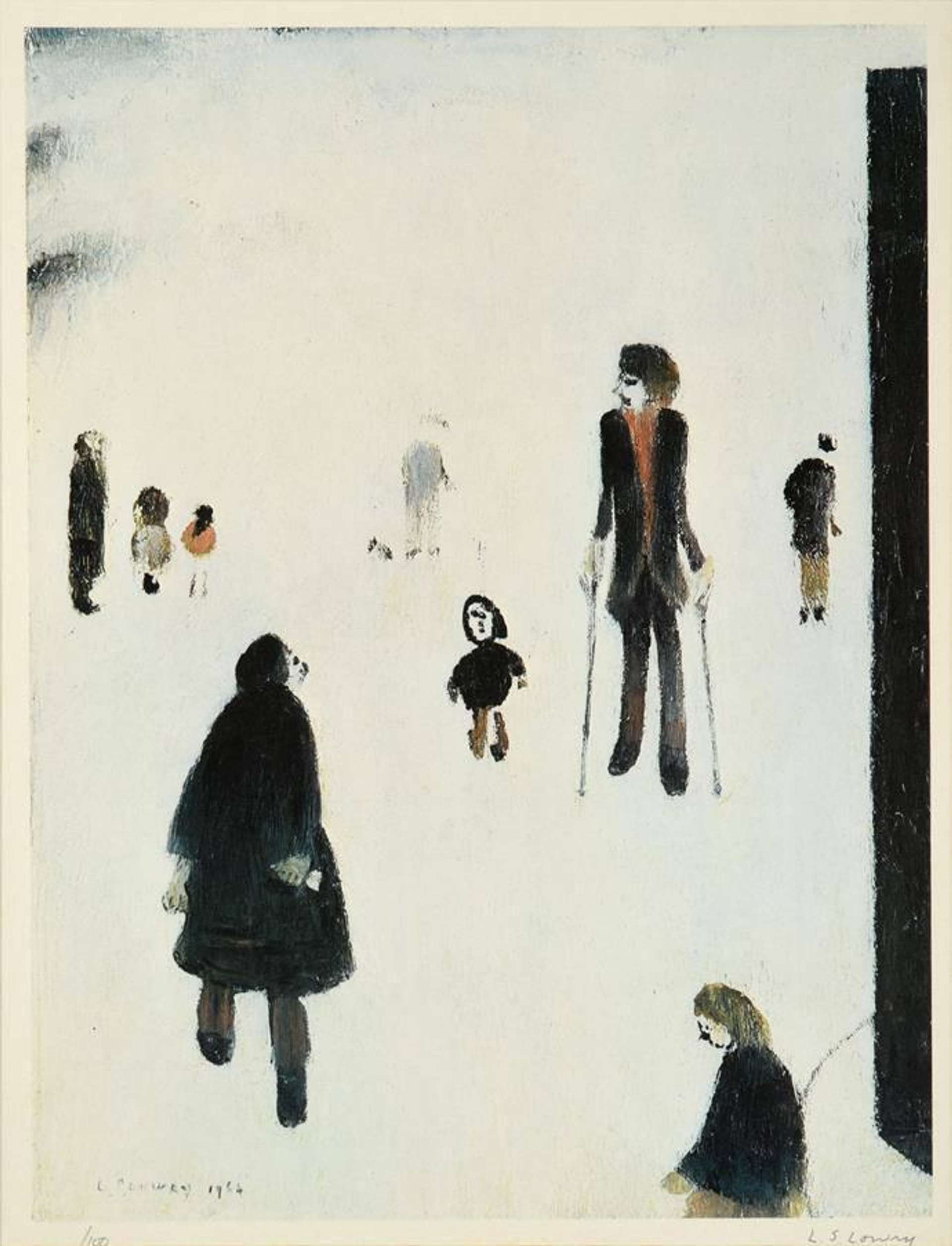
Figures In The Park
Signed Print
L S Lowry
£1,250-£1,900
$2,400-$3,650 Value Indicator
$2,150-$3,300 Value Indicator
¥11,500-¥17,000 Value Indicator
€1,450-€2,200 Value Indicator
$12,500-$19,000 Value Indicator
¥240,000-¥360,000 Value Indicator
$1,600-$2,450 Value Indicator
AAGR (5 years) This estimate blends recent public auction records with our own private sale data and network demand.
There aren't enough data points on this work for a comprehensive result. Please speak to a specialist by making an enquiry.
Medium: Lithograph
Edition size: 100
Year: 1976
Size: H 41cm x W 31cm
Signed: Yes
Format: Signed Print
TradingFloor
MyPortfolio
Your collection tracked in real time.
Build your portfolio, manage valuations, view return against your collection and watch works you're looking for.
Track auction value trend
Auction Results
| Auction Date | Auction House | Artwork | Hammer Price | Return to Seller | Buyer Paid |
|---|---|---|---|---|---|
| June 2021 | Bellmans, Sussex - United Kingdom | Figures In The Park - Signed Print | |||
| December 2015 | Bonhams New Bond Street - United Kingdom | Figures In The Park - Signed Print | |||
| April 2012 | Bonhams Chester - United Kingdom | Figures In The Park - Signed Print | |||
| September 2005 | Bonhams Leeds - United Kingdom | Figures In The Park - Signed Print |
Meaning & Analysis
Considered to be one of Lowry’s more unusual prints, Figures In The Park is a lithograph from 1976 by L. S. Lowry that shows a variety of figures against a white background that reveals no situational context. This print is based on one of Lowry’s personal favourite paintings that took over two years to complete and is said to be of characters that were well known to him who used to wander the Piccadilly Gardens in Manchester.
From the artist’s own account, the characters in this painting were varied and dynamic; a disabled man and the lonely but smiling boy who were always hanging around the gardens when Lowry visited, and the eccentric University lecturer in the foreground. Figures In The Park is a print that is indicative of Lowry’s fascination with people and their unique qualities or quirks, prompting the viewer to look at his more widely known paintings differently.
Lowry said of the original painting, “This painting took me two years, I just couldn't get it right. The colour of the canvas reminded me of a dirty school boy's face, so I put it in the sink and scrubbed it hard! Afterwards it seemed fine. Anyway I was satisfied with it, I really think this is the best painting I ever did of a cripple. Don't you?” This is one of Lowry’s smallest ever limited edition runs from only 100 signed copies and is therefore highly sought after.
